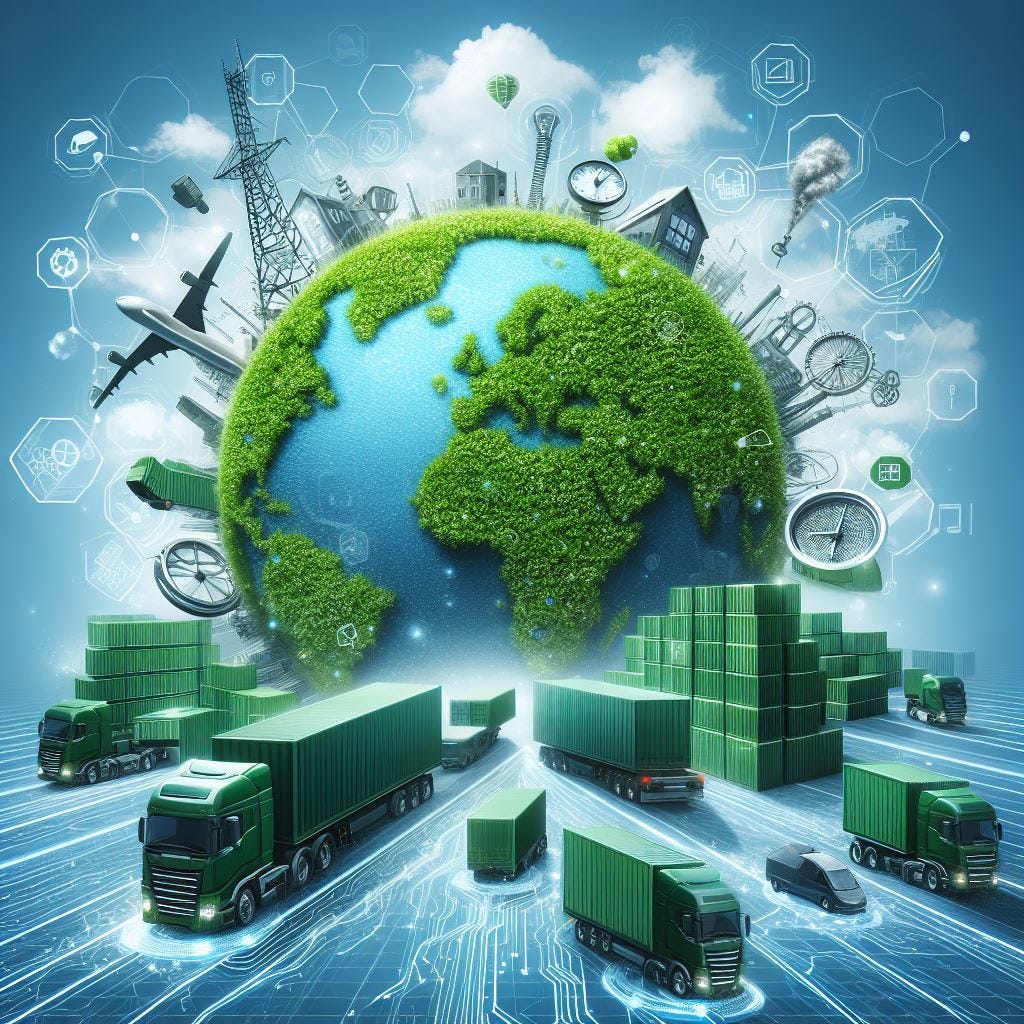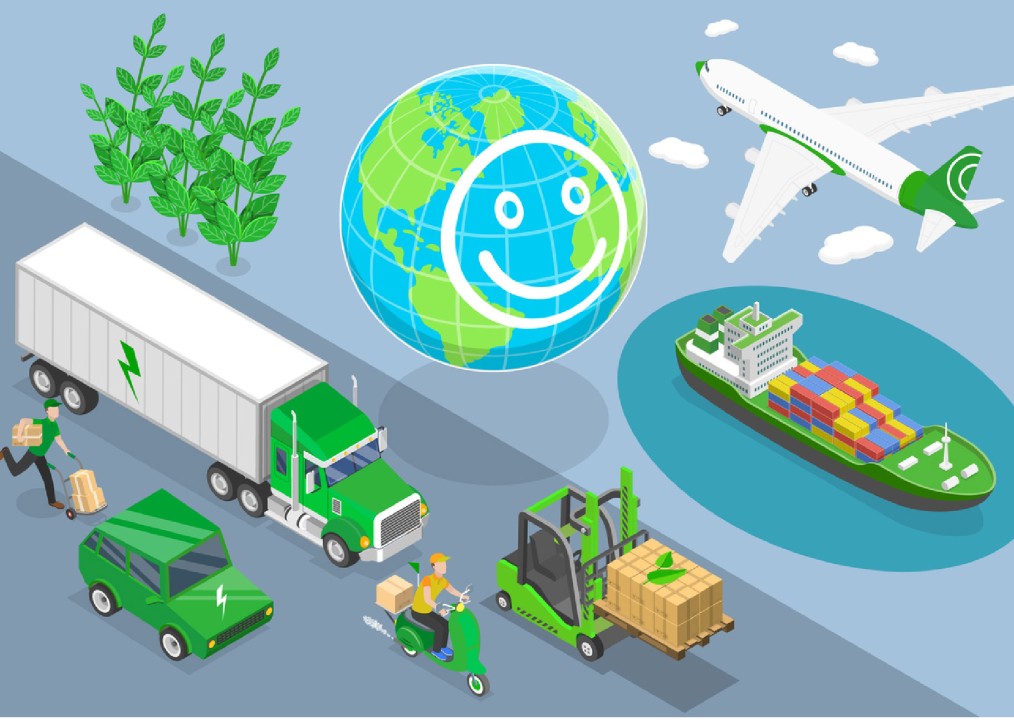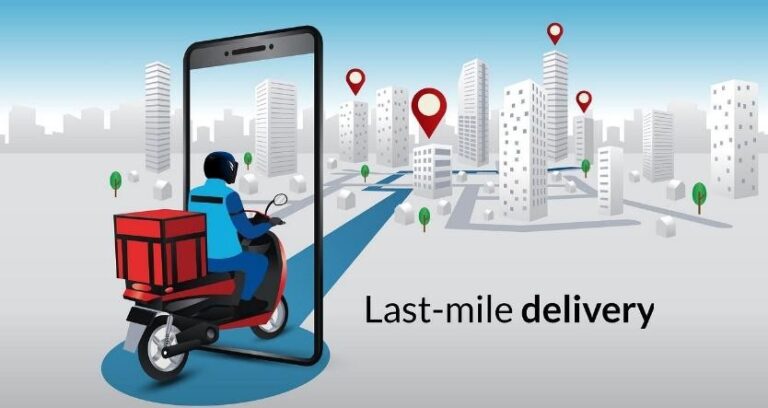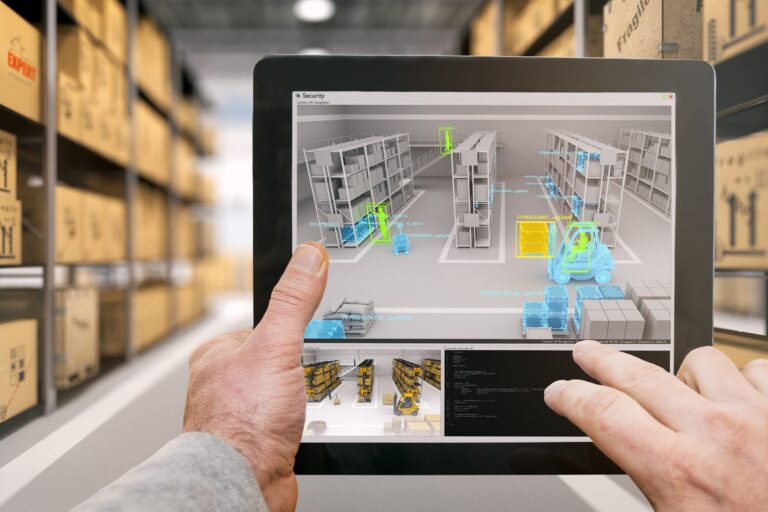The Future of Green Logistics
- Why WMSOne Stands Out In Warehouse Management - December 30, 2024
- The Future of Warehouse Inventory Management in 2025 - December 9, 2024
- Cold Storage Warehouse: Keeping Food Fresh And Safe - October 3, 2024
The future of green logistics promises a sustainable revolution in transportation and force chain operation. In an period where climate change and environmental sustainability are at the van of global enterprises, diligence are decreasingly pressured to reduce their carbon vestiges. The logistics assiduity, a significant contributor to hothouse gas emigrations, is no exception. Green logistics, which aims to minimize the environmental impact of logistical conditioning, is getting a critical focus.
Here’s a glimpse into the future of green logistics:
The Current State of Green Logistics
Before probing into the future, it’s essential to understand the present geography of green logistics. Companies are already adopting various strategies to reduce their environmental impact, including:
- Optimizing Transportation Routes: Exercising advanced route planning software to minimize energy consumption and emigrations.
- Eco-friendly Packaging: Implementing recyclable and biodegradable materials to reduce waste.
- Energy-effective Warehousing: Incorporating renewable energy sources and energy-effective lighting and cooling systems.
These initiatives are foundational, but the future promises even more transformative changes.
Future Trends in Green Logistics
1. Electrification of Transport
Electric vehicles (EVs) are rapidly becoming a game-changer in logistics. With advancements in battery technology and the expansion of charging structure, electric exchanges and delivery vans are decreasingly feasible. Companies like Tesla and Rivian are developing electric exchanges and delivery vans, reducing reliance on fossil energies.
2. Autonomous Vehicles
Autonomous vehicles (AVs) are set to revolutionize logistics by optimizing delivery routes, reducing idle times, and improving fuel efficiency. These vehicles can operate continuously, leading to faster deliveries with smaller emigrations. Companies similar as Waymo and Uber Freight are formerly testing independent exchanges, intimating at a future where driverless logistics becomes the norm
3. Sustainable Fuels
While electrification is a significant step forward, not all vehicles can be fluently converted to electric power. Sustainable energies like hydrogen, biofuels, and synthetic energies offer druthers for heavy- duty exchanges, vessels, and aeroplanes . For case, hydrogen energy cells give a clean energy source for long- haul transportation, emitting only water vapor.
4. Digital Twins and IoT
Digital twins—virtual replicas of physical assets—paired with the Internet of Things (IoT) allow for real-time monitoring and optimization of logistics operations. These technologies can help prognosticate conservation requirements, optimize energy use, and reduce emigrations by furnishing a detailed understanding of logistical processes.
5. Circular Supply Chains
Embracing an indirect frugality, where products are designed for exercise and recovering, helps minimize waste and makes force chains more sustainable. Companies are decreasingly espousing rear logistics to manage the return and recycling of products, thereby closing the circle.
The Role of Policy and Regulation
Government policies and regulations are crucial in driving the adoption of green logistics. Incentives such as tax breaks for electric vehicles, subsidies for renewable energy, and stricter emission standards are essential to accelerate the transition. International agreements, like the Paris Agreement, set the framework for global collaboration in reducing emissions.
Leaders in Green Logistics
DHL
DHL has set ambitious pretensions to achieve zero emigrations by 2050. The company is investing in electric delivery vehicles, sustainable aeronautics energies, and carbon-neutral storages. Their GoGreen program focuses on reducing carbon emigrations through innovative logistics results.
UPS
UPS is another leader in sustainable logistics, with initiatives like the use of alternative fuel vehicles, optimized delivery routes, and investments in renewable energy. Their” Rolling Laboratory” approach tests colorful sustainable technologies in real- world scripts.
Amazon
Amazon’s Climate Pledge aims to reach net- zero carbon by 2040. The company is purchasing electric delivery vans, investing in renewable energy projects, and developing sustainable packaging solutions. Amazon’s commitment sets a high standard for the industry.
The Road Ahead
The future of green logistics is bright, driven by technological advancements, innovative practices, and a collaborative commitment to sustainability. By staying ahead of these trends, businesses can ensure they are part of the solution to one of the most pressing challenges of our time.






